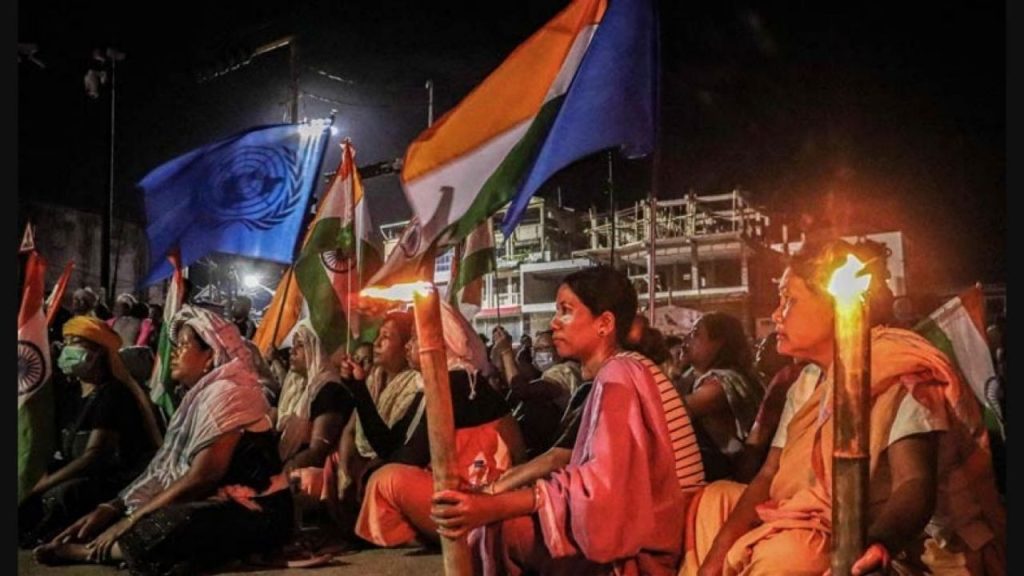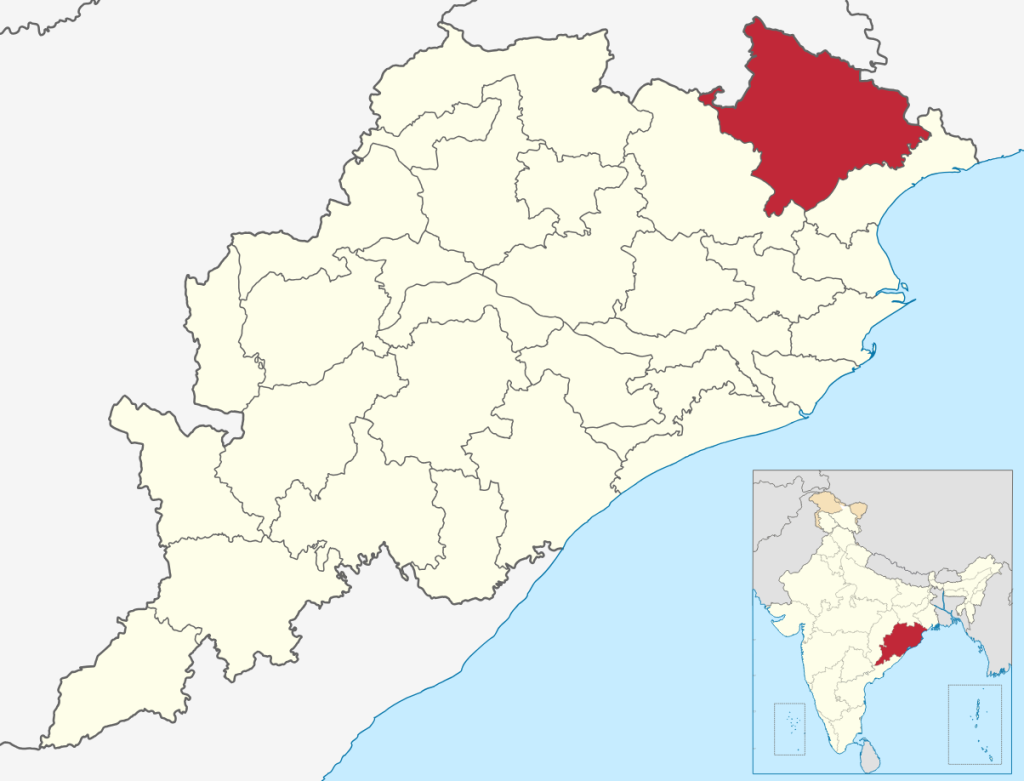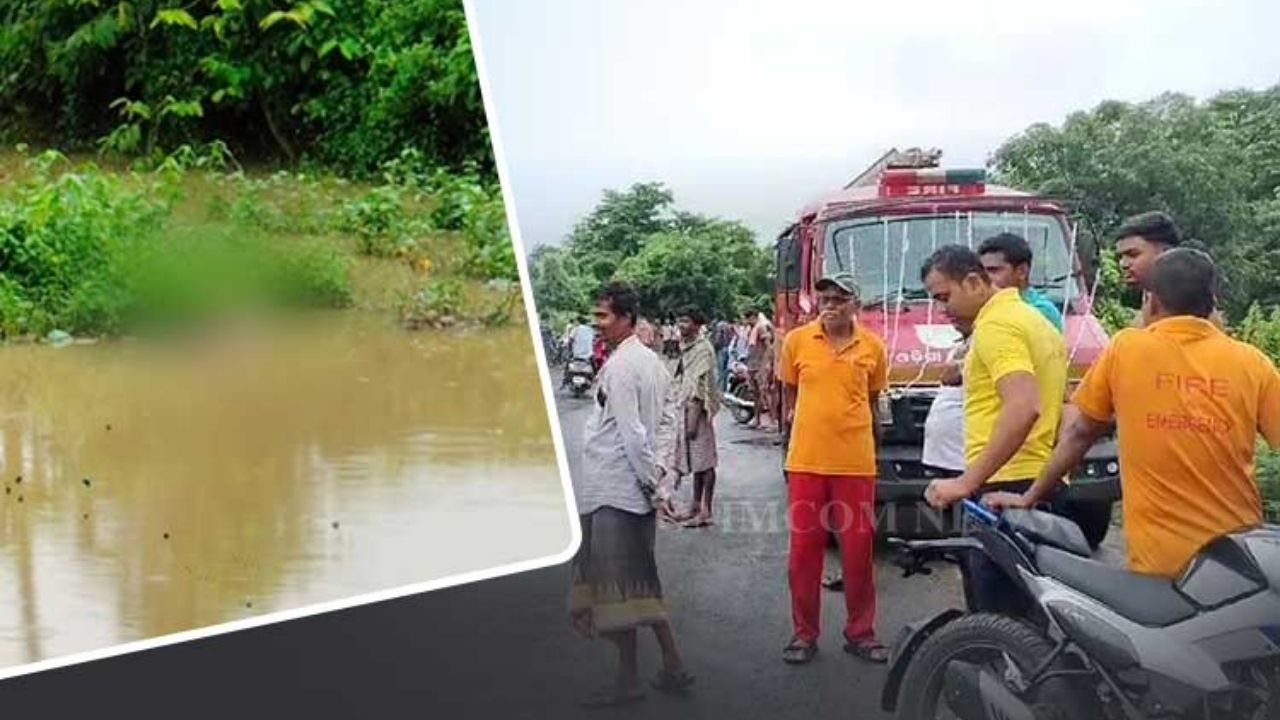KAPTIPADA, India – Hundreds of women from tribal communities in India’s eastern state of Odisha staged a unique tribal women protest on Tuesday, using lanterns and traditional grinding stones to block a major road. They demanded the electricity connections promised to their villages for decades, highlighting the persistent gaps in the country’s ambitious rural development and electrification programs.

The demonstration saw women from Badachampa village and surrounding hamlets in the Kaptipada subdivision of Mayurbhanj district gather outside the local administrative office. Their protest brought traffic to a standstill for several hours, drawing urgent attention from government officials to a grievance they say has been ignored for generations.
A Decades-Long Wait for Power
Protestors claim that despite numerous applications and even paying required fees years ago under government schemes, their homes have never been connected to the power grid. The demonstration was a culmination of decades of frustration over being left behind by India’s development story.
“We live in darkness while the world moves forward,” a protestor told local media, as reported by the Press Trust of India (PTI). “Our children cannot study after sunset, and basic chores are a struggle. We were promised electricity, we paid for it, but we have received nothing but empty words.”
The symbolic use of lanterns and sila pua (stone grinders) was meant to underscore the primitive conditions they are forced to endure. Without electricity, families rely on kerosene lamps for light and perform physically demanding tasks manually, bypassing the modern appliances that are standard in electrified homes. Mayurbhanj is a district where over 58% of the population belongs to Scheduled Tribes, according to the 2011 Census, making their exclusion a significant issue of regional equity.

Official Response to the Tribal Women Protest
The protest prompted a swift response from local authorities. Prasanna Kumar Mohanty, the Sub-Collector of Kaptipada, met with the demonstrators and acknowledged their long-standing issues. He assured the women that their grievances would be addressed promptly.
“We have received the memorandum from the protestors,” Mohanty stated, according to official reports. “I have directed the executive engineer of Tata Power Northern Odisha Distribution Limited (TPNODL) to conduct a survey of the unelectrified villages immediately and prepare a report for further action.”
TPNODL is the private utility responsible for power distribution in the region. Following the assurances from the Sub-Collector, the women agreed to end the blockade. However, they warned that if tangible progress on providing electricity access is not seen soon, they will organize a larger protest.
Odisha BSE Vice President Linked to OTET Leak, Arrested by Crime Branch
Odisha Government Marks August 9 as Kranti Diwas to Honour Freedom Fighters
PNB Manager in Malkangiri Accused of Misappropriating SHG Funds, Investigation Ongoing
Gaps in India’s Electrification Drive
The protest in Kaptipada is a microcosm of a broader challenge facing India. The country announced in 2019 that it had achieved nearly 100% village electrification under its flagship Saubhagya scheme. The scheme aimed to provide electricity access to every willing household in the country.
However, government data and independent analysis reveal a more complex picture. A 2022 report from the Council on Energy, Environment and Water (CEEW), a leading Indian think tank, noted that while connectivity has expanded dramatically, millions of households remain without power. The challenge has shifted from simply extending the grid to a village to ensuring reliable, quality connections for every single home, a concept known as “last-mile connectivity.”.
Obstacles to full electrification are most acute in remote, forested, or hilly terrains like those found in parts of Mayurbhanj. Administrative hurdles, disputes over land rights for setting up infrastructure, and the high cost of connecting sparsely populated hamlets contribute to these persistent pockets of energy poverty.
The situation in Kaptipada underscores that for many marginalized communities, the promise of rural development and modern amenities remains unfulfilled. The outcome of the promised government survey will be closely watched by the women of Badachampa, who have waited a lifetime to switch on a light.





